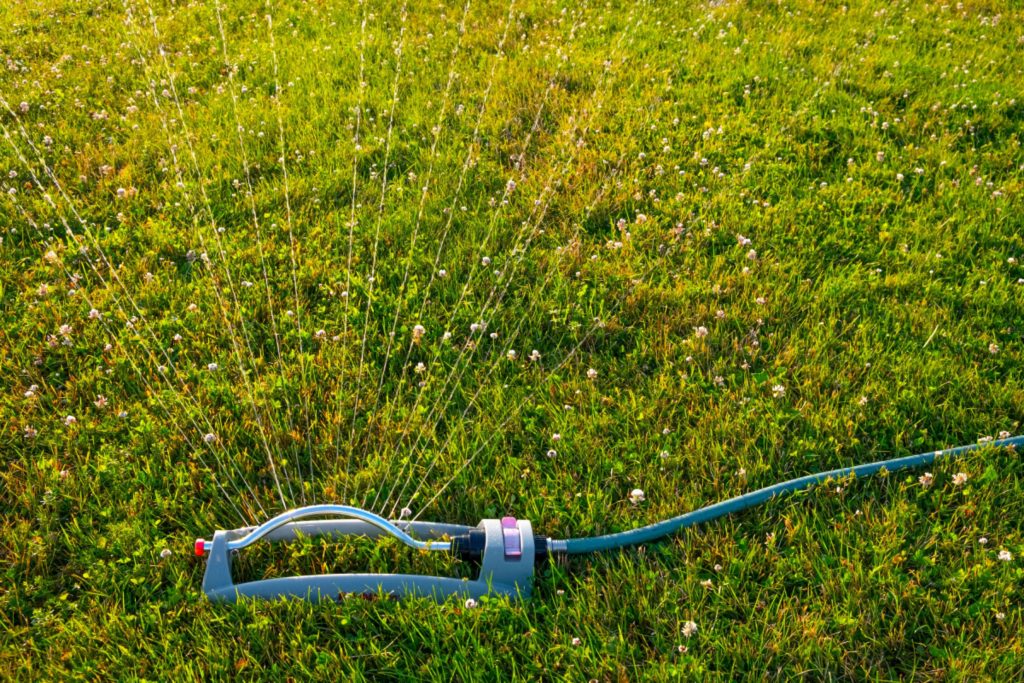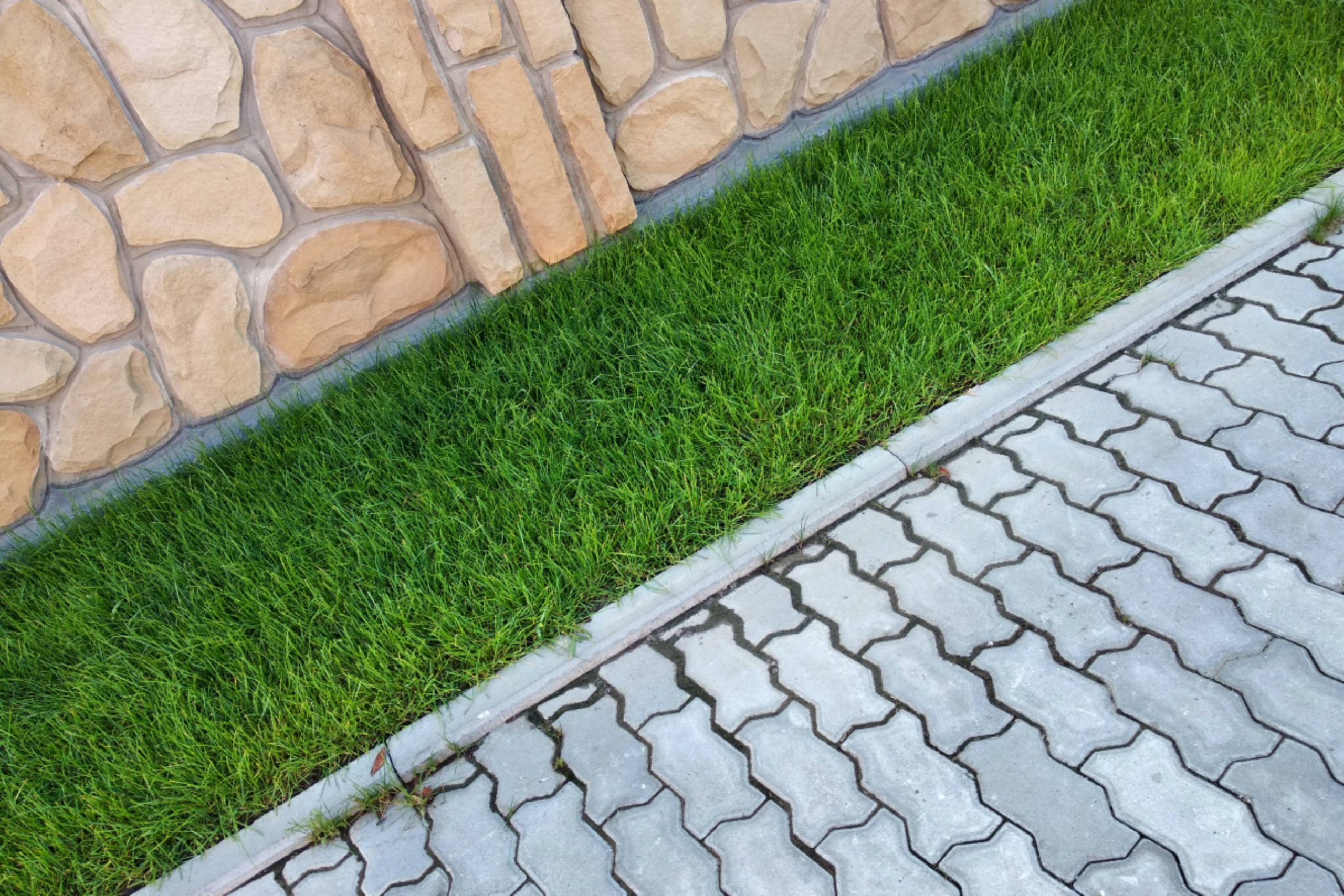When it comes to creating a lush, durable, and low-maintenance lawn, few grasses can compete with Kikuyu. Known for its vibrant green colour, rapid growth, and ability to withstand harsh conditions, Kikuyu grass has become a popular choice for Australian homeowners, landscapers, and councils alike.
Whether you’re looking to establish a backyard lawn, cover large open spaces, or create a hardy surface for sports and recreation, Kikuyu offers a cost-effective and reliable solution. In this article, we’ll explore the benefits of Kikuyu grass, delve into its unique characteristics, and outline the best practices for growing and maintaining it successfully.
Benefits of Kikuyu Grass
1. Fast Growth and Rapid Coverage
One of the primary benefits of Kikuyu is its rapid growth rate. This grass spreads quickly by above-ground runners known as stolons, enabling it to cover bare patches in a short period. This makes it ideal for:
- New lawns that need to establish quickly
- High-traffic areas that experience wear and tear
- Erosion control on slopes and embankments
2. Excellent Drought Tolerance
Kikuyu has a deep root system that allows it to access moisture far below the surface. This gives it high drought resistance, making it suitable for areas with limited water availability or for property owners aiming to reduce water use.
3. Wear Resistance
Kikuyu is a hard-wearing grass, which is why it’s often used on sporting fields, school grounds, and backyards with active kids and pets. It can recover rapidly from damage, meaning it can withstand regular foot traffic better than many other turf types.
4. Cost-Effective Option
Compared to some premium turf varieties like Sir Walter Buffalo or Zoysia, Kikuyu is relatively affordable to purchase and maintain. This makes it attractive for large-scale applications such as public parks, farms, and commercial landscaping.
5. Lush, Green Appearance
When properly maintained, Kikuyu provides a dense, green lawn that looks great throughout spring and summer. Its vibrant color and fast recovery rate help keep it looking healthy even under stress perfect for those who enjoy spending time in the garden or entertaining outdoors.
6. Weed Suppression
Thanks to its rapid growth and dense coverage, Kikuyu can effectively outcompete many common weeds by limiting their access to space, sunlight, and nutrients. This reduces the reliance on herbicides and frequent manual weeding, helping to maintain a neat, green lawn over the long term.
Characteristics of Kikuyu Grass
To choose the right turf, it’s essential to understand the core features that define it. Kikuyu grass has several unique characteristics that set it apart.
1. Warm-Season Grass
Kikuyu is a warm-season perennial that thrives in temperatures ranging from 20°C to 30°C. It grows most actively in spring and summer and tends to slow down during colder months.
2. Spreading Habit
Kikuyu spreads via both stolons (above ground) and rhizomes (below ground). This aggressive growth habit allows it to fill in gaps quickly but can also cause it to invade garden beds or surrounding areas if not managed.
3. Bright Green Color
The grass has a striking bright to mid-green hue that gives lawns a vibrant appearance. This aesthetic appeal is one reason why Kikuyu remains popular in residential settings.
4. Medium to Coarse Texture
Kikuyu has medium to broad leaves, which can feel a bit coarse underfoot compared to finer grasses like Couch or Zoysia. However, it’s not overly harsh and is generally comfortable for general use.
5. Moderate Shade Tolerance
While Kikuyu prefers full sun (6+ hours daily), it can tolerate moderate shade. However, under dense shade or prolonged low-light conditions, it may become thin and lose its vigor.
6. Invasive Growth Potential
A point of caution: due to its fast-spreading nature, Kikuyu can become invasive if not properly contained. It may creep into garden beds or neighboring lawns, so regular edging or installing barriers is advisable.
7. Seasonal Dormancy
In colder climates or during winter, Kikuyu may yellow off or go dormant. This is a normal response and typically reverses when warmer temperatures return. During dormancy, growth slows significantly, and the lawn may appear less vibrant, but the roots remain alive and will regenerate with the arrival of spring warmth. Proper care during this period, such as avoiding heavy traffic and overwatering, can help ensure a healthy comeback.
Best Way to Grow Kikuyu Grass
Successfully growing Kikuyu requires the right approach during planting, establishment, and ongoing care. Here’s a step-by-step guide:
1. Choosing the Right Location
Select an area with:
- Full sun exposure (ideal for vigorous growth)
- Well-draining soil
- Moderate foot traffic potential
2. Soil Preparation
Before planting, ensure the soil is well-prepared:
- Clear the area of weeds, rocks, and debris.
- Loosen the soil to a depth of around 10–15 cm.
- Mix in organic matter or compost to improve soil structure and fertility.
- Level the surface with a rake to create a smooth, even base.
3. Planting Methods
There are two main ways to establish Kikuyu:
- Sowing seeds: More affordable but takes longer to establish. Spread Kikuyu seed at a rate of around 5–10 grams per square metre.
- Laying turf rolls or sprigs: More expensive but provides instant coverage and faster results.

4. Watering
- After planting, keep the soil consistently moist (not soggy) to support germination and root development.
- Once established (after 3–4 weeks), reduce watering frequency to deep watering 1–2 times per week, depending on weather conditions.
5. Fertilising
To keep Kikuyu looking lush:
- Apply a balanced lawn fertiliser (NPK) every 6–8 weeks during the growing season.
- Avoid over-fertilising, as this can lead to excessive growth and increased mowing frequency.
6. Mowing
- Mow Kikuyu regularly during spring and summer to a height of around 3–5 cm.
- Regular mowing encourages denser growth and helps prevent thatch build-up.
- During winter, reduce mowing frequency or pause altogether if the grass slows down significantly.
7. Weed and Pest Management
- Use pre-emergent herbicides in spring to prevent weed infestations.
- Watch for signs of pests like lawn grubs or armyworms, especially in summer.
- A healthy, thick Kikuyu lawn is naturally resistant to most weeds and pests.
8. Thatch Control
Due to its vigorous growth, Kikuyu can accumulate thatch (a layer of dead grass and roots) over time. Dethatching every 1–2 years will improve water and nutrient penetration.
Professional Services
A View Turf offers comprehensive professional Kikuyu grass care, including detailed soil preparation, precise turf installation, and customized fertilisation programs tailored to your lawn’s needs.
They also provide regular mowing and thatch management, safe weed and pest control, efficient irrigation systems, and lawn renovation services.
These ensure your lawn stays healthy, vibrant, and beautiful over the long term, making it an ideal solution for homeowners, businesses, and property managers seeking convenience and the best results at every stage of Kikuyu grass care.
Final Thoughts
Kikuyu grass offers a practical, resilient, and visually appealing turf solution for Australian homes, sports fields, and commercial landscapes.
With its fast growth, excellent drought resistance, and ability to withstand heavy traffic, it’s easy to see why it remains one of the most popular lawn types in warm regions.
However, it’s important to manage its aggressive nature and provide regular maintenance to keep it looking its best. Whether you’re establishing a new lawn or upgrading an existing one, Kikuyu is a strong choice especially if you’re after a budget-friendly, low-maintenance, and hard-wearing lawn.



